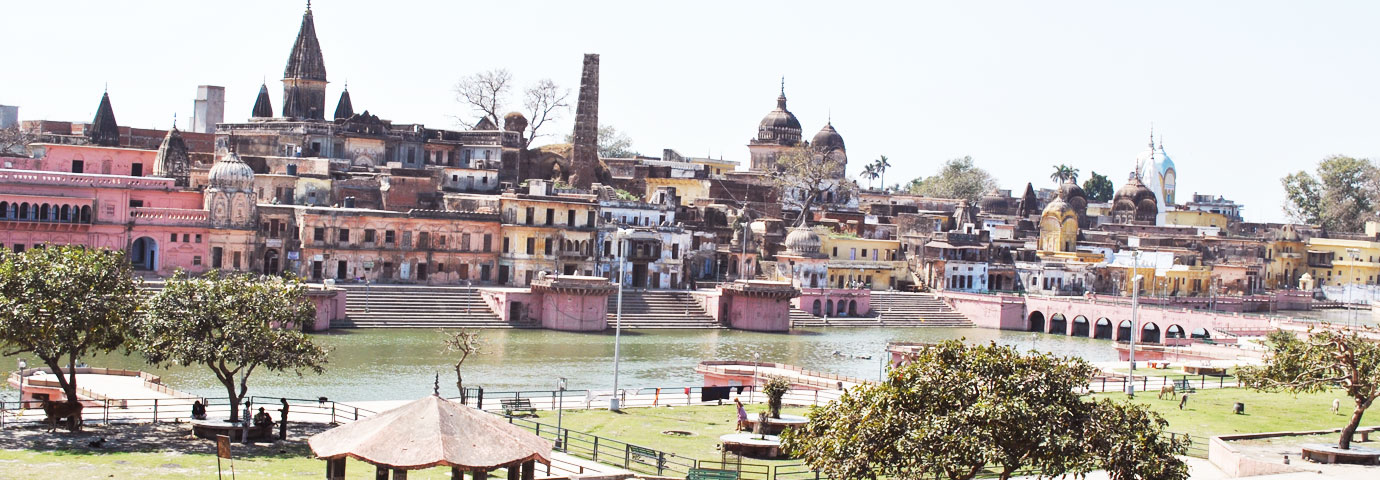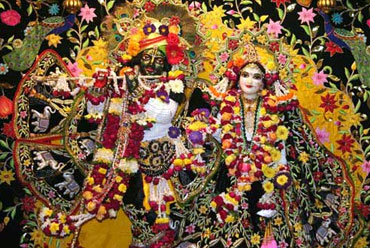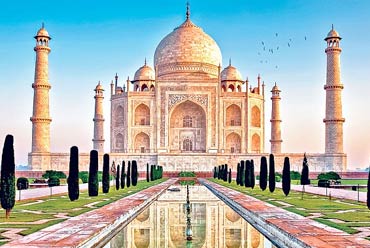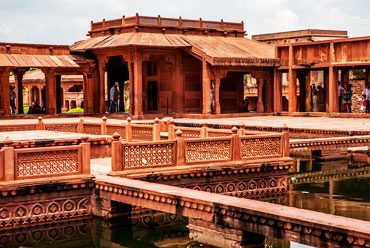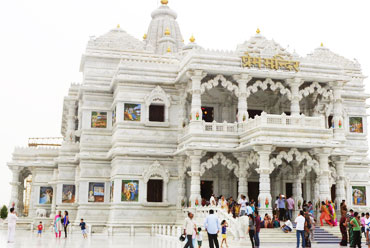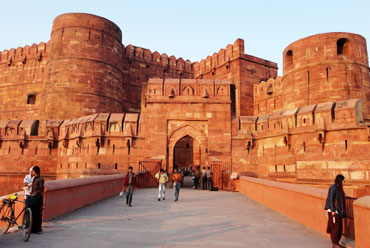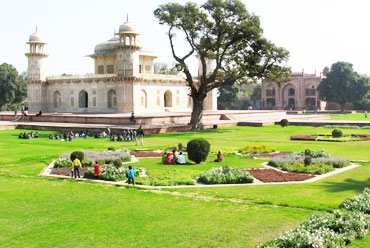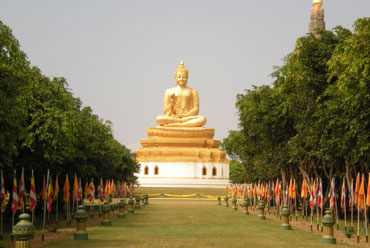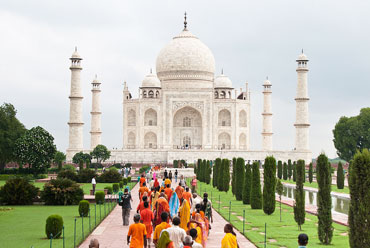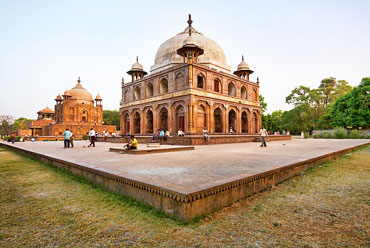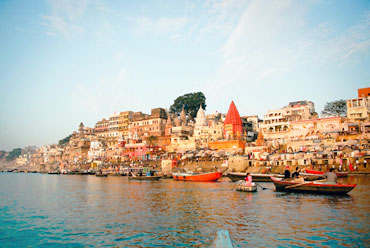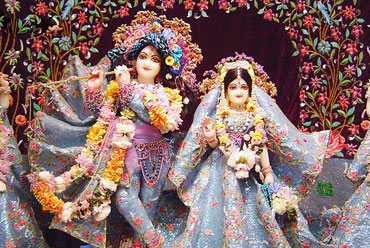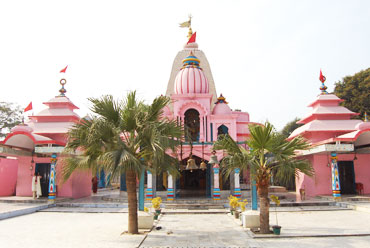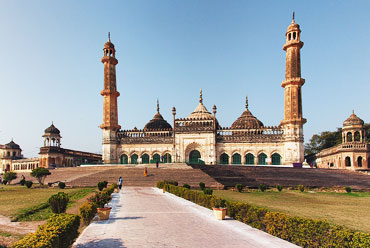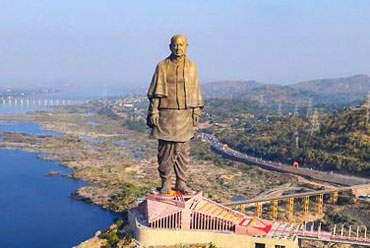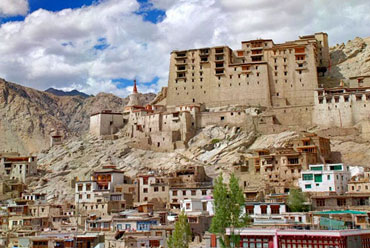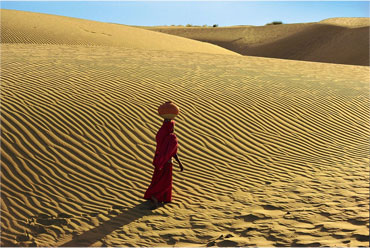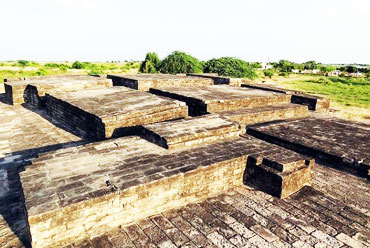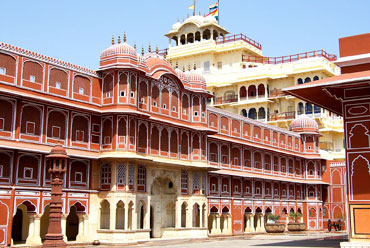Fast Facts
|
Language |
Hindi |
|
Best time to visit |
Winter |
|
STD Code |
05278 |
The city of Ayodhya is an important pilgrim place for Hindus in India. It is one of the seven holiest cities of India. Ayodhya is the birthplace of Lord Ram, who is an important deity in the Hindu pantheon. This small, quiet town attracts pilgrims from all over the country. Hindu pilgrims visiting Ayodhya during festivals and important religious functions consider a holy dip in the sacred Saryu River very auspicious.
Location
Ayodhya is located in center of the state of Uttar Pradesh, in the northern region of India. It is a part of the great northern plains and is situated on the south bank of river Saryu. The climate of Ayodhya is tropical. The summers are hot (April-June) while the winters are cool (November-February). The southwestern monsoon rains hit Ayodhya in July-September. Ayodhya is 130 km east of Lucknow and 6 km from Faizabad.
Best Time To Visit
Though the weather of Ayodhya is generally mild with hot spells in summer (April-June), it is advisable to travel here in the winter months.
History
Ayodhya city was the capital of the ancient kingdom of Ayodhya, where Lord Ram was born. It is also mentioned in Hindu mythology and the Ramayana. The ancient scripture of Atharvaveda describes Ayodhya as 'a city built by gods' and compares its prosperity with the glory and splendor of the paradise. Babur, the founder of the Mughal Empire in India, constructed a mosque in Ayodhya. It became the part of the great Mughal Empire and was ruled by them for many years. After the decline of the Mughal Empire, it became a part of the regional state of Awadh, which was later annexed by the British.
Tourists Attractions
The main tourist attraction of Ayodhya was the Babri Masjid (Mosque), built by the Mughal king Babur. Unfortunately, the traveler can no longer see this monument as it was demolished in the riots that took place here in 1992. It is said that Ayodhya has 7000 temples, but there are some 100 temples of relative significance. Near the remains of the Babri Masjid, the traveler can see the Ram Janmabhumi (birthplace of Lord Ram) shrine. It is believed that Lord Ram spent much of his childhood here. Other places to visit in Ayodhya are Lakshman Ghat, Kala Ram temple and the Kanak Bhavan temple, which was built in the 19th century. There are several Jain shrines in Ayodhya. One kilometer east of the Ram Janmabhumi shrine is Hanumangadhi (Fortress of Hanuman, the revered monkey god and friend/devotee of Lord Ram). It is said that Lord Hanuman lived in a cave nearby to protect the Ram Janmabhumi.
Places Around Ayodhya
The town of Faizabad is 6 km from Ayodhya. It was once the capital of the regional kingdom of Awadh and has a few monuments belonging to that dynasty.
How To Reach
By Air - Ayodhya is well connected with other places by road, as it is located on the main highway, which runs through the town on the way from Faizabad to Gorakhpur. There are frequent tempos and buses shuttling along the highway from Faizabad to Ayodhya.
By Rail - Ayodhya does not have a railway station and one has to go to Faizabad to catch trains. Lucknow, Allahabad and Gorakhpur are connected by rail with Faizabad. We would provide you all India tourist permit vehicles for the local transportations and also for the intercity drives too.

